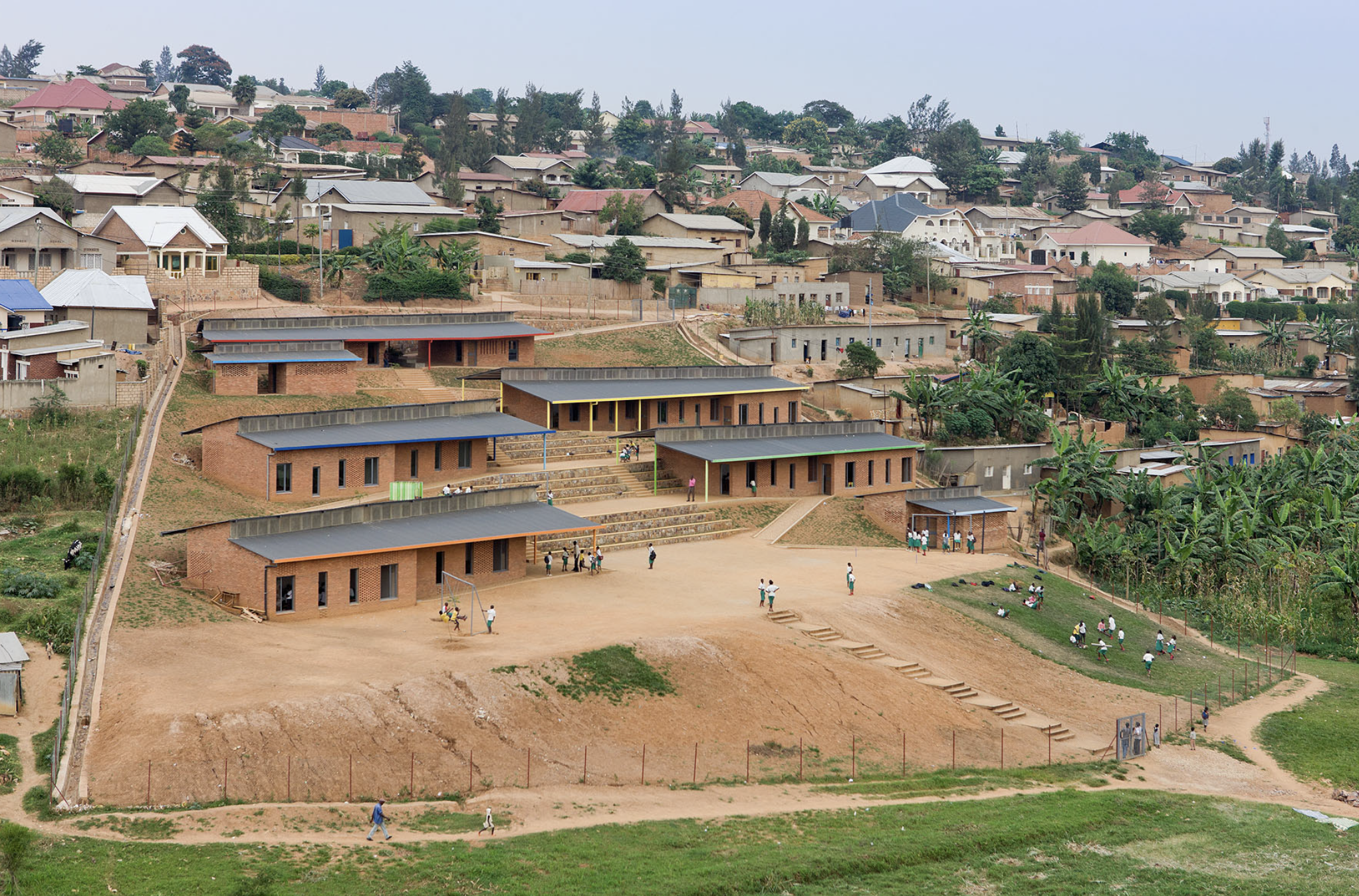
Across Africa, a silent revolution is reshaping city skylines as architects and urban planners prioritize sustainable design principles in urban development projects. From green buildings to passive design strategies, the continent is witnessing a surge in eco-friendly initiatives aimed at promoting environmental stewardship and creating healthier, more livable cities.
In cities spanning from Cape Town to Cairo, the ethos of sustainability is taking root in architectural and urban planning circles. Green buildings, characterized by features such as energy-efficient design, renewable energy integration, and green roofs, are becoming increasingly common. These structures not only reduce carbon footprints but also offer economic benefits through lower energy costs and enhanced indoor comfort.
Passive design strategies, which leverage natural elements such as sunlight, wind, and vegetation to regulate temperature and lighting, are also gaining traction. Incorporating features like shading devices, natural ventilation systems, and thermal insulation, architects are creating buildings that are comfortable year-round without relying heavily on mechanical heating or cooling.
Furthermore, the use of eco-friendly materials is becoming standard practice in construction projects across the continent. From locally sourced timber and bamboo to recycled steel and concrete, architects are exploring sustainable alternatives that minimize environmental impact without compromising structural integrity.
This shift towards sustainable urban development is not only driven by environmental concerns but also by the pressing need to address issues such as rapid urbanization, resource depletion, and climate change. As African cities continue to expand, the adoption of sustainable design principles becomes paramount in ensuring long-term resilience and livability.
Moreover, sustainable urban development has the potential to foster social equity and inclusivity by creating healthier environments and reducing disparities in access to essential services such as clean air, water, and energy. By prioritizing pedestrian-friendly design, green spaces, and public transportation infrastructure, cities can enhance quality of life for all residents while reducing carbon emissions and ecological footprint.
As Africa embraces sustainable urban development, the continent is not only redefining its cityscapes but also setting a global example for environmentally conscious urban planning. Through the adoption of green buildings, passive design strategies, and eco-friendly materials, African cities are charting a path towards a more sustainable and resilient future, where people and the planet thrive in harmony.
